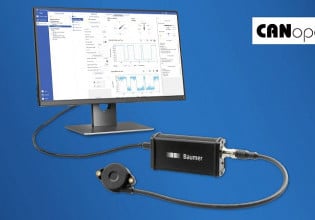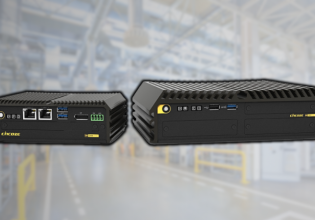J
Jiri Baum
[email protected]:
> RLL doesn't really have another software equivalent that I know of. Its
> ancestry is old contact/coil relay diagrams. It's kind of graphic binary
> program for PLC's.
Or, from another point of view, Forth.
Many RLL dialects are implemented and can be understood as stack-oriented. Think of the AND-block and OR-block instructions. However, an OUT doesn't pop the stack, and the stack doesn't overflow (discards oldest entries).
Jiri
--
Jiri Baum <[email protected]>
What we do Every Night! Take Over the World!
_______________________________________________
LinuxPLC mailing list
[email protected]
http://linuxplc.org/mailman/listinfo/linuxplc
> RLL doesn't really have another software equivalent that I know of. Its
> ancestry is old contact/coil relay diagrams. It's kind of graphic binary
> program for PLC's.
Or, from another point of view, Forth.
Many RLL dialects are implemented and can be understood as stack-oriented. Think of the AND-block and OR-block instructions. However, an OUT doesn't pop the stack, and the stack doesn't overflow (discards oldest entries).
Jiri
--
Jiri Baum <[email protected]>
What we do Every Night! Take Over the World!
_______________________________________________
LinuxPLC mailing list
[email protected]
http://linuxplc.org/mailman/listinfo/linuxplc






